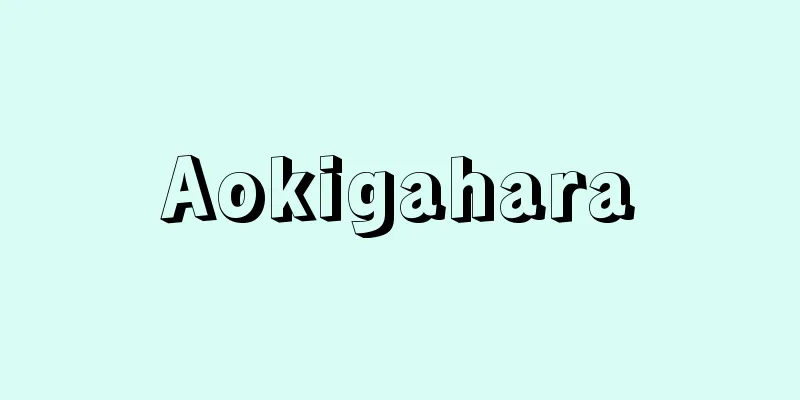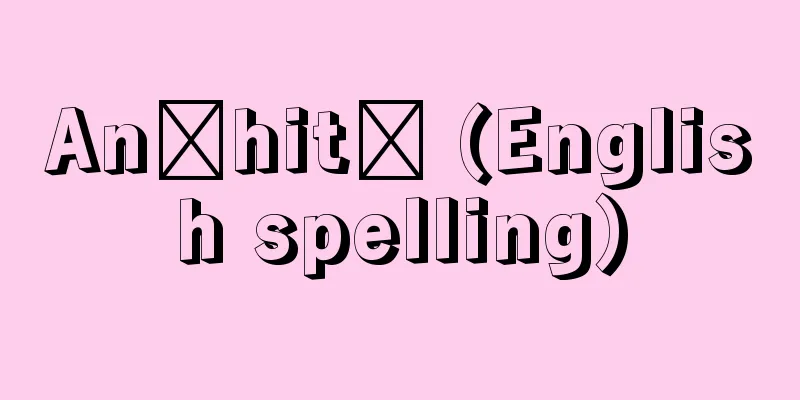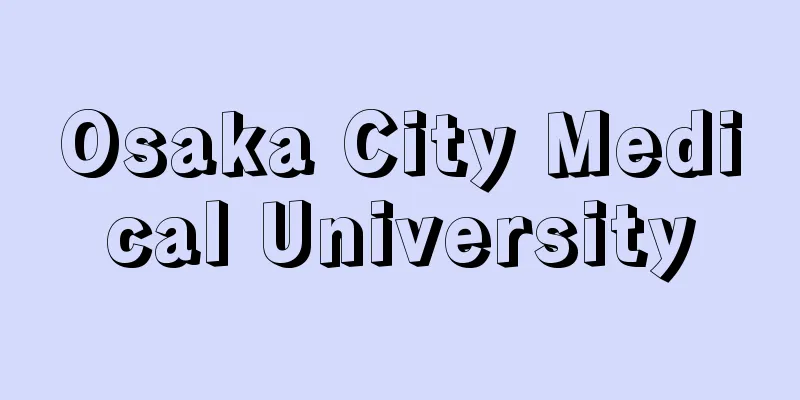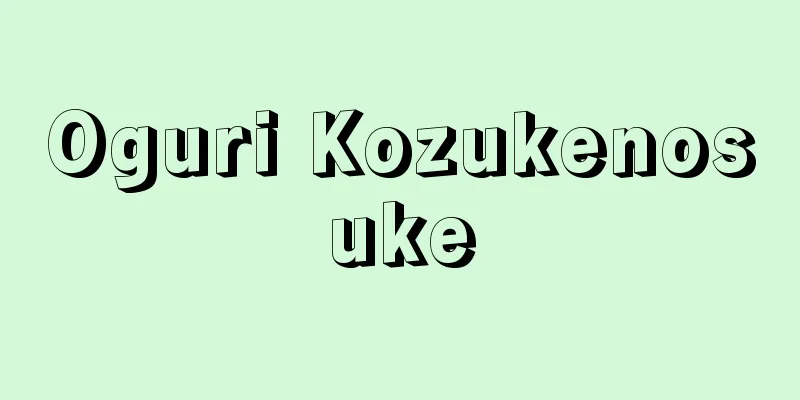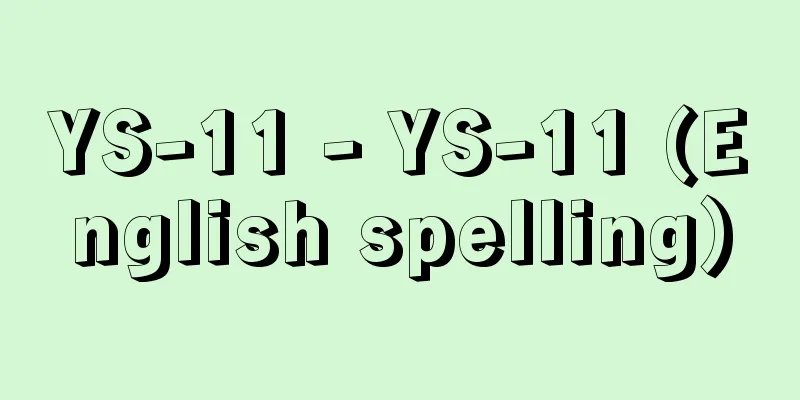Kremlin - Kuremurin (English spelling) Kremlin

|
In Russian, it is called Kremlin Кремль/Kreml' (meaning castle). Generally, it refers to the Moscow Kremlin. Since the Supreme Soviet (parliament) and the Council of Ministers of the USSR (government) were located here, it also meant the highest leadership of the Soviet Union, and even after the collapse of the Soviet Union, it is where the Presidential office of the Russian Federation is located. It is said that the beginning of the Kremlin was when Yuri Dolgorukiy built a fortress on a hill on the left bank of the Moscow River in 1156. In 1367, Dmitry Donskoy built walls and towers out of white stone in preparation for an invasion by the Mongol army. Furthermore, Ivan III, who achieved independence from the Mongols in 1480, rebuilt the walls and towers with brick between 1485 and 1495, and began construction of the Uspensky Cathedral (1475-79), Blagoveshchensky Cathedral (1484-89), Granvitaya Palace (1487-91), Arkhangelsky Cathedral (1505-08), and Ivan the Great Bell Tower (1505-08), among others, and it was during this period that the Kremlin's current appearance was almost complete. When Peter the Great founded Petersburg (Leningrad in the Soviet era) in the early 18th century and moved the capital there, it ceased to function as an imperial palace, but the coronation ceremonies of successive emperors were held in the Uspensky Cathedral. After the capital was moved, the Senate building (1776-87), the Grand Kremlin Palace (1839-49), the Armory (1844-51), and other buildings were built. After the revolution in November 1917 (October in the Russian calendar), Moscow became the capital again, and the Kremlin became the center of Soviet politics. The Council of People's Commissars was established in the old Senate building, and Lenin lived there while serving as its chairman. The Palace of Congresses was built between 1959 and 1961, and is used as a venue for plays, ballets, and concerts. The remains of those who contributed to the revolution are enshrined in the wall facing Red Square, and in front of it are the graves of Stalin, Brezhnev, Andropov, Chernenko, and Lenin's Mausoleum. In Red Square, a revolution anniversary parade was held on November 7th, and a May Day march was held on May 1st. After the collapse of the Soviet Union, the guards in front of Lenin's Mausoleum disappeared, and the number of visitors decreased. Instead, the shopping centers facing Red Square became more glamorous. In 1990, the Kremlin was registered as a World Heritage Site along with Red Square (World Cultural Heritage). [Osamu Nakanishi] Facing the northeast wall of the Kremlin, large-scale parades were held here during the Soviet era. Lenin's Mausoleum is in the center of the photo. Inside the wall, the Presidential Palace (right) and the Presidential Residence can be seen. Part of the World Heritage Site "Moscow Kremlin and Red Square" (Russia, registered in 1990) Russia Moscow ©Shogakukan "> Red Square and Lenin's Mausoleum Source: Shogakukan Encyclopedia Nipponica About Encyclopedia Nipponica Information | Legend |
|
ロシア語ではクレムリКремль/Kreml'(城の意)。一般にはモスクワのクレムリンのこと。ここにソ連最高会議(国会)とソ連閣僚会議(政府)があったので、ソ連の最高指導部を意味したこともあり、ソ連崩壊後もロシア連邦の大統領府がある。1156年にユーリー・ドルゴルーキーがモスクワ川の左岸の小高い丘に砦(とりで)を築いたのがクレムリンの始まりといわれる。1367年、ドミトリー・ドンスコイがモンゴル軍の襲来に備えて白い石で壁と塔を建てた。さらに、1480年にモンゴルからの独立を達成したイワン3世が、1485年から95年にかけて壁と塔をれんが造にかえ、ウスペンスキー寺院(1475~79)、ブラゴベシチェンスキー寺院(1484~89)、グラナビータヤ宮殿(1487~91)、アルハンゲリスキー寺院(1505~08)、イワン大帝鐘楼(しょうろう)(1505~08)などの建設を始め、この時代に今日のクレムリンの景観がほぼできあがった。18世紀初めにピョートル大帝がペテルブルグ(ソ連時代のレニングラード)をつくり、首都を同地に移したので、皇居としての機能はなくなったが、歴代皇帝の戴冠(たいかん)式はウスペンスキー寺院で行われた。遷都後も元老院の建物(1776~87)、クレムリン大宮殿(1839~49)、武器庫(1844~51)などが建てられた。 1917年11月(露暦では10月)の革命後、モスクワがふたたび首都となり、クレムリンがソ連政治の中心となった。旧元老院の建物に人民委員会議が置かれ、レーニンがそこに住みながら同議長として活躍した。1959年から61年にかけて大会宮殿が建設され、劇、バレエ、音楽会などの会場として利用されている。赤の広場に面する壁には、革命の功労者の遺骨が納められ、その前には、スターリン、ブレジネフ、アンドロポフ、チェルネンコなどの墓やレーニン廟(びょう)がある。赤の広場では、11月7日の革命記念祝賀パレードや5月1日のメーデー行進が行われた。ソ連崩壊後はレーニン廟前の衛兵もいなくなり、訪問者も少なくなった。かわって赤の広場に面したショッピングセンターは華やかさを増した。なお、クレムリンは1990年に赤の広場とともに世界遺産の文化遺産として登録されている(世界文化遺産)。 [中西 治] クレムリンの北東側城壁に面し、ソ連時代には大規模なパレードが行われた。写真中央はレーニン廟。城壁の内側には大統領府(右)と大統領官邸がみえる。世界文化遺産「モスクワのクレムリンと赤の広場」の一部(ロシア・1990年登録) ロシア モスクワ©Shogakukan"> 赤の広場とレーニン廟 出典 小学館 日本大百科全書(ニッポニカ)日本大百科全書(ニッポニカ)について 情報 | 凡例 |
Recommend
Heat of adsorption - Kyuchakunetsu
The enthalpy change that occurs during adsorption...
Museum of Modern Japanese Literature
This museum is both a library and a museum specia...
Cunliffe, W.
…the Committee on Post-War Currency and Foreign E...
en dedans (English spelling) endedans
…It is also a word that indicates the direction i...
Big brother - Taikei
〘Noun〙① A word used to show respect to an elder br...
fate-map (English) fatemap
…In this sense, the “undetermined” germinal regio...
Electrolytic current
…When an electrode reaction proceeds in either di...
Trippen Family - Trippen (English spelling)
A powerful family of merchants in Amsterdam, the N...
Public Trade Fair - Ippan Mihonichi
… Currently, more than 6,000 trade fairs of vario...
Beg (English spelling) [Türkiye]
A title meaning "chief" or "ruler.&...
Góis, Damião de
[Born] February 2, 1502, Alencale Died January 30,...
Umuda - Umuda
...As a result, the phenomenon of land concentrat...
Invitation rope - Kanjozuna
...Rope ropes, including shimenawa and yokozuna r...
Chin Shido
A poet from the Song Dynasty in China. His pen na...
Genetrix
…There are various examples around the world of t...
